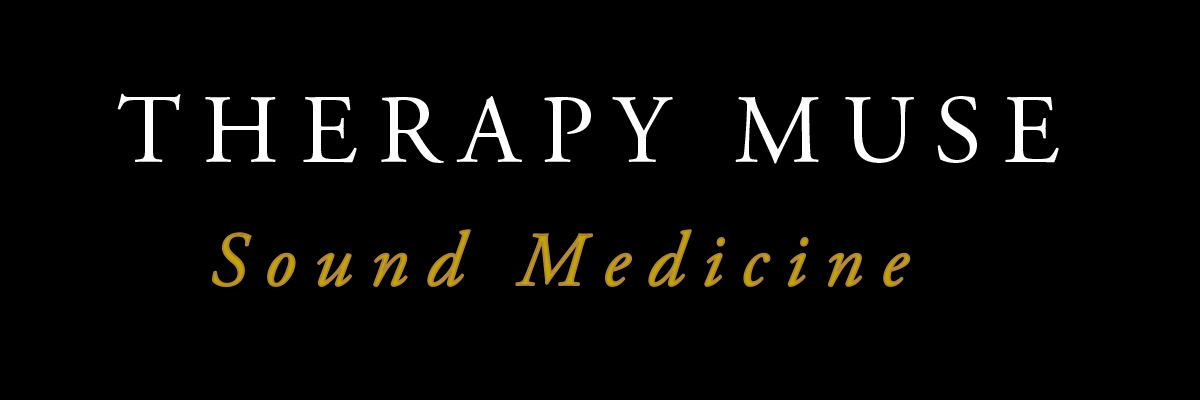How Does Music Heal?
Healing music is often defined by what it doesn't do.
I have been asked more than once, “What is healing music? What makes music transformative and balancing?” Transformation and balance are not transferred directly from the music; it is more mysterious and complex than that. Transformation happens within the consciousness of the listener. Subjectively we have all long known that music can spark an alchemical reaction in the mind/body complex. Now a growing body of scientific research is showing us the specific mechanisms in music processing that precipitate beneficial/healing reactions.
“Brain research involving music has shown that music has a distinct influence on the brain by stimulating physiologically complex cognitive, affective, and sensorimotor processes.” Handbook of Neurological Music Therapy, Michael H. Thaut, Gerald C. McIntosh, Volker Hoemberg. https://www.amazon.com/Handbook-Neurologic-Music-Therapy-Michael/dp/0198792…
Healing music is often defined by what it doesn't do. It doesn't challenge the listener. It is music defined by safe parameters of volume, tonality and rhythm. When people are looking for music to use in therapy or relaxation these are the main requirements: Not too loud, not too fast, not too weird. Music, however, is a powerful force, and with conscious and aware placement it can contribute greatly to the healing journey.
When it comes to the modern therapeutic setting, music has long been recognized as a useful complement to manual therapy. On a primal level there is a recognition of the ancient origins of such music, its intrinsic roots in shamanic and sacramental healing ritual. The popular acceptance of massage therapy and energy work parallels the development of the ambient and new age music genres. Slower tempo instrumental music is often built around prolonged synthesizer drones with simple unobtrusive melodic meanderings. This mimics the slower ragas of Indian music with melodies of the sitar moving against a sustained drone of tamboura and harmonium. Evolving from 80s new age music, with elements of cinema and classical minimalism, the genre has been embraced by the bodywork and spa industries to provide a sonic environment that is immediately associated with relaxation.
Healing music is an identifiable genre, but the term can also refer to a well researched physiological effect. Just calling a genre of music ‘healing’ doesn’t necessarily make it so. Any form of music can prompt catharsis and memory and be experienced as ‘healing,’ but there are elements that identify music as specifically healing when used in a therapeutic setting.
The healing power of music begins with listening, but not just any listening. For the practitioner there are multiple levels of listening to consider. The two most commonly referred to are active listening and passive listening. We can define active listening as consciously putting on an album or choosing a playlist and singing along or otherwise enjoying the experience. Research conducted by the Pain Research Center at the University of Utah indicates that active listening has been shown to reduce acute pain, such as dental work, injections, or post surgery discomfort, as well as decreasing anxiety. “Many of the same neural pathways that process pain also process music. Focusing on music allocates more of the brain’s resources to music than to pain, altering brainwave patterns and lowering the pain threshold by up to 17%.” David H Bradshaw, Journal of Pain, Volume 12, Issue 12 https://www.jpain.org/article/S1526-5900(11)00745-0/ppt This use of active listening masks the pain signals, with music processing lowering the pain threshold.
Passive listening happens in those areas of life where the music is in the background of an environment, such as a grocery store or restaurant, where a Muzak playlist offers up Joni Mitchell or old Beatles songs. The music is there, and you might or might not notice its presence, but nonetheless it is interacting with your mind and influencing your behavior, even though you are not consciously hearing it.
There is a third form of listening that I call immersive listening. This form of listening incorporates the therapeutic use of music to promote a relaxation response. Music to enhance meditation may incorporate sounds such as bells, Tibetan bowls, or drones, supporting the mind while not drawing conscious attention. Guided Imagery and music journeys will often utilize entraining sounds and rhythms similar to movie scores as part of the overall story structure. Movement therapies often utilize rhythm and percussion to support the body and mind.
In the music I compose and produce, I use layers of vibrational sound, melody, and counterpoint designed to support both active and immersive listening. Music in the treatment room is a little like therapeutic pressure. Too much force is a distraction, causing the patient to brace. If music doesn’t strike the right balance, a form of mental bracing can occur, a tuning out, a disassociation.
The study of healing music leads one into a deeper understanding of the nature of vibration and matter. “What is wonderful about music is that it helps man to concentrate or meditate independently of thought. Therefore music seems to be the bridge over the gulf between the form and the formless.” Hazrat Inayat Khan, The Mysticism of Sound and Music
Through the magic of alchemical proportion, harmonics, tempo, and groove, music can also become the bridge between the mind and mindfulness. The therapeutic experience can be greatly enhanced by the conscious employment of a healing music soundtrack.
